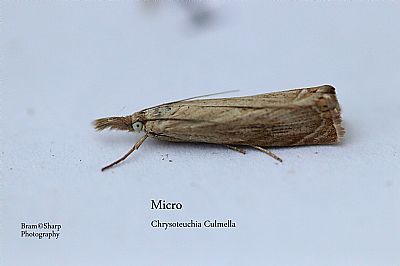Micro moths. Many thanks to Herts and Middlesex moth group with help in identifying some of these micros.
Micro moths have a fascinating diversity of form and habit , much more than the macro moths. Micros tend to exploit a much wider range of habitat and as adults many are spectacular and are as beautiful as their larger cousins. Many are very difficult to identify and very few have a "common" name. I will add the names (scientific) and a brief description of the specimens of those that are identified, the ones that are not will be named as and when I can get a positive ID on them. Abbreviations, FL-forewing length. Hab-Habitat. FP-Food plant. FS-flight season.
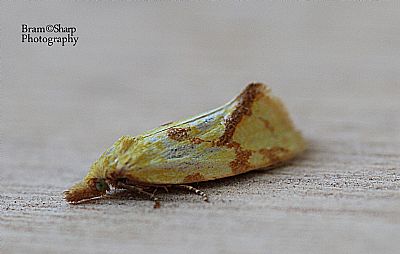
Agapeta hamana.FL: 8-12mm Hab: anywhere there are thistles.FS:Late May-August.
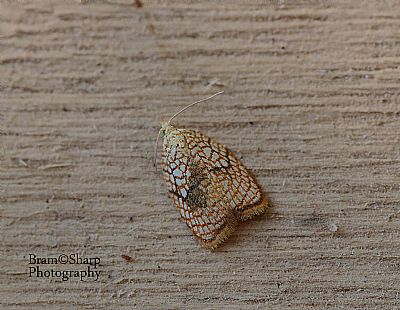
Acleris forsskaleana.FL:6-8mm Hab, woodland , gardens, orchards, hedgerows FP:field maple, sycamore. FS:June-mid Feptember
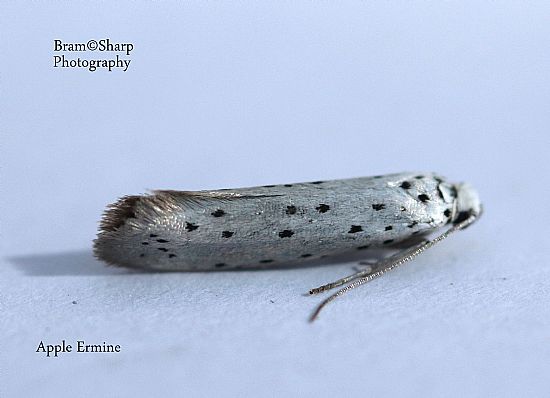
Apple Ermine
Wingspan 20-25 mm.
Quite a variable species, with several named forms and subspecies, and the ground colour varying from yellowish to white.
It occurs in a range of open habitats, including moorland, grassland and waste ground, and is widely distributed through most of Britain.
There are usually two generations, especially in the south, flying in May and June, and August and September, and the species flies by day as well as at night.
The larvae feed on lucerne (Medicago sativa) and clover (Trifolium).
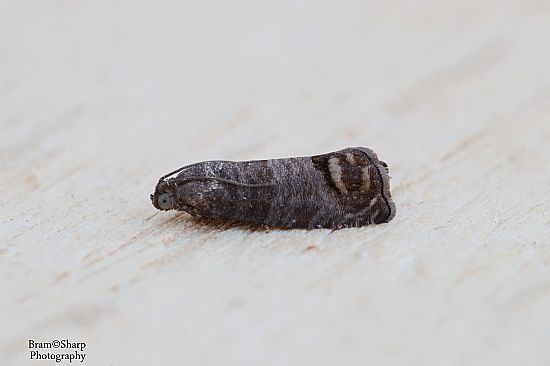
Cydia pomonella-codling moth
There are usually two generations of moths in a given flight period (summer months). First generation moths emerge in July and are active through August. Eggs laid by the first generation moths are called second generation. These eggs hatch and the caterpillar undergoes pupation. The pupae go into diapause and "hibernate" over the winter. In April and May of the following year, these second generation pupae eclose and the second generation moths are active during the months of May and June. The maggots of this moth are the ones usually found in apples
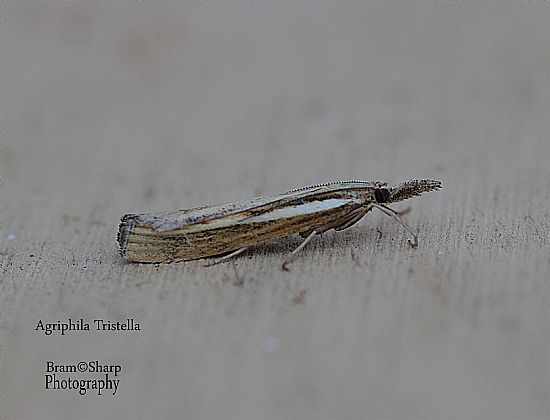
Agriphila tristella. 12-14 mm Hab.Grassland waste ground,Heathland. FS.June- Sept. FP.Various grasses.
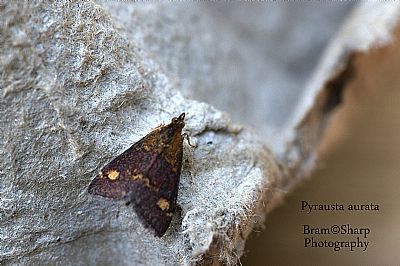
Pyrasta aurata.FL 7-9 mm FS. Mar-early Sept. Hab. Grassland. FP .Mints, marjoram.
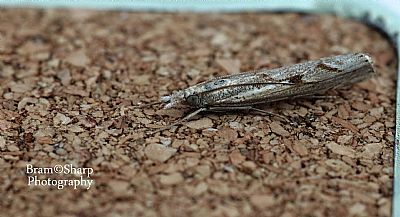
Agriphilla geniculea.
FL.10-13 mm. FS.July-October. Hab. Garden, Heath, Vegetated shingle. FP. Grasses
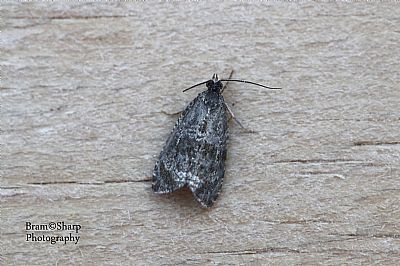
Celypha lacunana.FL.6.5-8.5mm FS.May- early nov
Hab.Open woodland , gardens, hedgerows ,stream banks.FP. many herbaceous plants.
